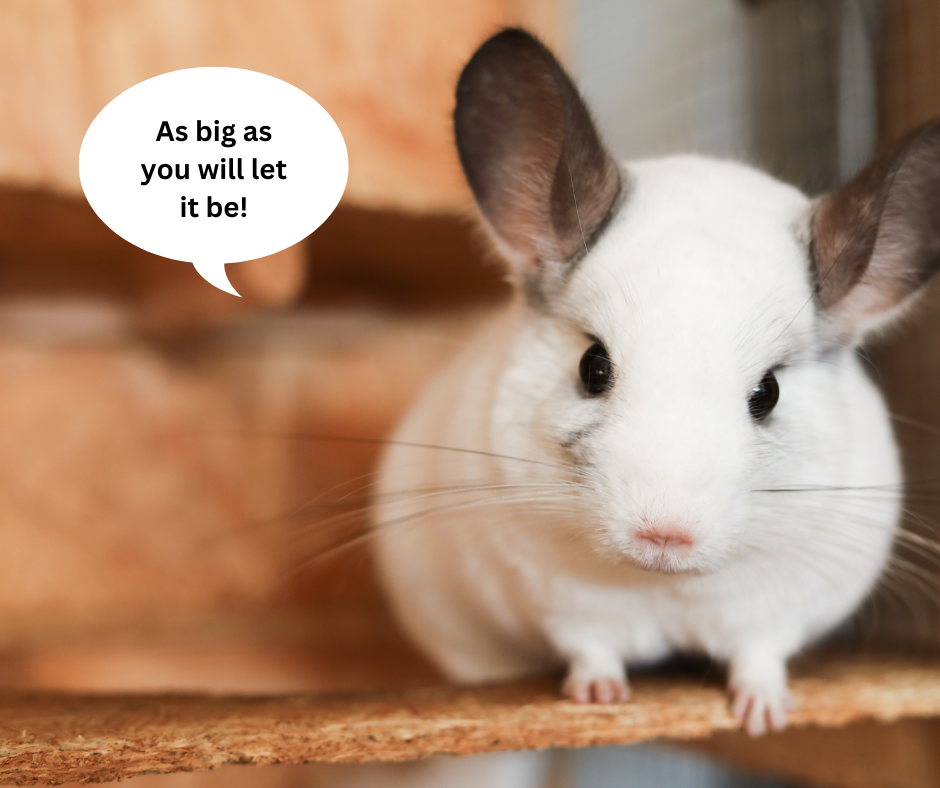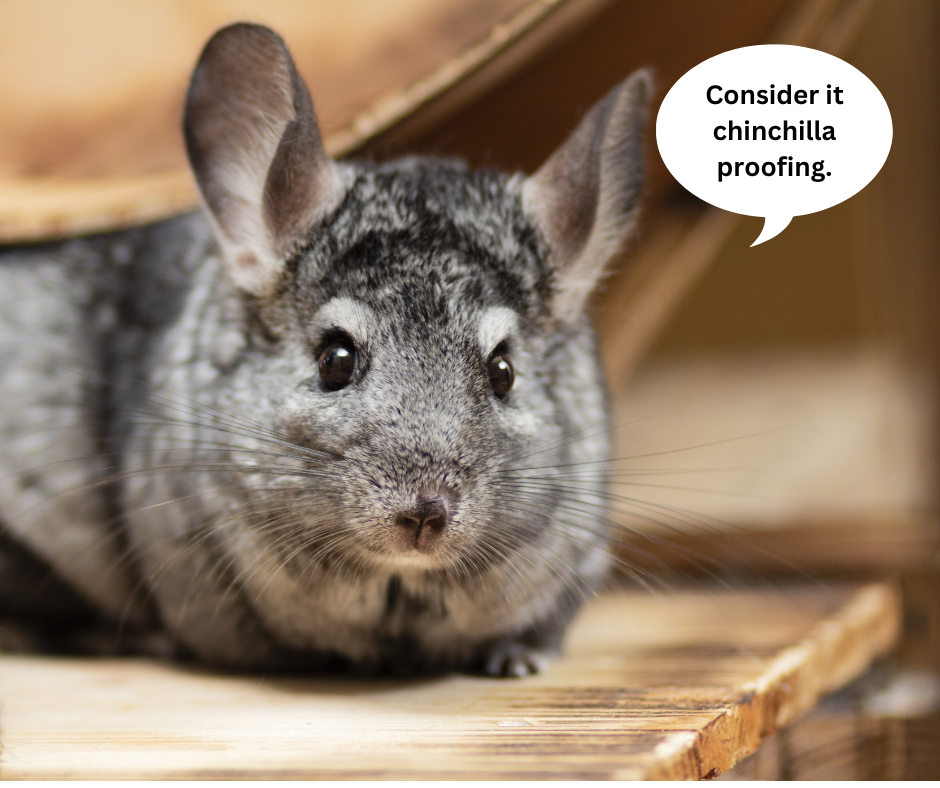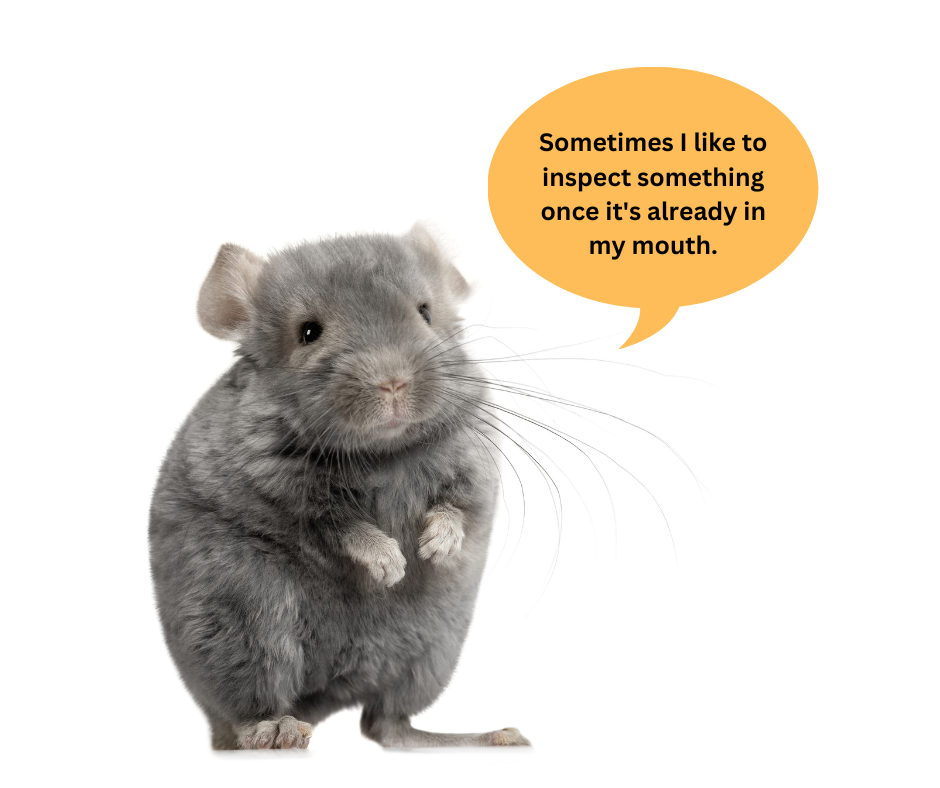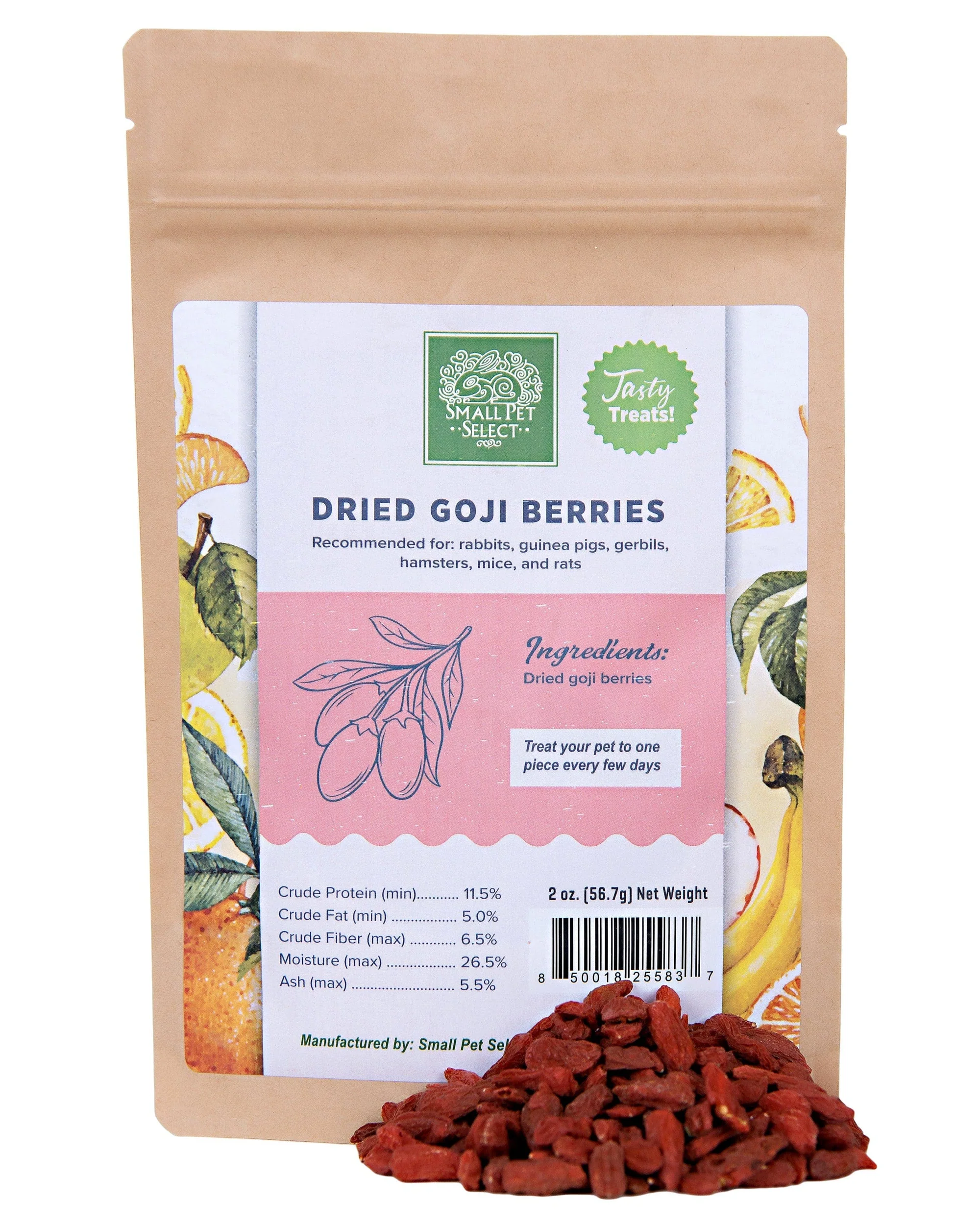Humans love adventure. If you don’t think you do then just look at how your entertainment and meals change day to day. That’s adventure in the eyes of a chinchilla and they want that for their chinchilla cage setup.
Chinchillas want to unleash their innate instincts and satisfy their inquisitive spirit. So let’s give them something to go on about!
To provide your cherished chinchilla with the utmost care, you need to stay focused on their habitat.
In fact, setting up your chinchilla’s habitat properly is one of the most important things you can do to leave your chinchilla happier, healthier, and more fulfilled than ever before.
And a happy and fulfilled chinchilla is more likely to bond with their human!
Your Chinchilla Cage Setup Needs To Promote Natural Behaviors
Chinchillas in the wild spend their day searching for food. They’re pulling, tugging, and chewing plenty of roughage, getting a taste of different materials, and filling up on fiber. All while wearing down their ever-growing teeth!
They never know when they’ll run into the yummiest snack and searching around every corner creates the adventure they’re looking for.
When creating your chinchilla cage setup it’s important that you keep these natural behaviors in mind.
Do you have toys that get them tugging and pulling? Are they experiencing different tastes and textures? Did you throw in a surprise goji berry this month?
If this all sounds daunting, don’t worry we’re going to break this down for you. Starting with the first question everyone asks, how big should my chinchilla’s cage be?

Enclosure Size
When it comes to your chinchilla’s space, be as generous as possible. Chinchillas in the wild cover a lot of ground. Consider the very lowest end of the scale to be a minimum of 4' x 4' x 3' for a single chinchilla.
Usually, chinchillas will have much larger enclosures though. Especially when you have multiple chins in one chinchilla cage setup.
A chinchilla’s enclosure should have a lot of vertical space. We’re imitating the Andes mountains here (where wild chinchillas originated)! Make sure you have platforms going up the sides of your chinchilla setup so that your chin can jump and climb up their “mountain”.
Toys and Hideouts For Your Chinchilla Setup
Here’s where things get really fun! Natural toys create a space where you don’t have to worry about your chinchilla exploring. You take the stress out of wondering if what they’re chewing on is safe.

It also helps you (and your chin!) feel comfortable having your chinchilla spend more time in their enclosure because it’s set up properly!
The best toys for foraging are the ones that double as a snack! Logs, sticks, twists, and rings all give your chin new tastes and textures to explore. And a lot of these toys can be attached to their cage or wedged in the corner to get your chinchilla working their muscles!
Hideouts give you additional places to hide toys for your chinchilla to find later. And every chinchilla needs a place to themselves.
What Food is Used For Foraging?
Chinchillas have sensitive stomachs so you don’t want to get too creative when it comes to the food you have around their enclosure. Hay is your best option. And I’m not just talking about the hay pile.
Some of the best chinchilla treats are made with hay but pressed into a new shape and texture. Hay Cubes are loved by chinchillas and they give them something special to find without upsetting their stomach.
Alfalfa Hay Cubes give your chin a different taste but still have simple ingredients!
Goji Berries are a popular treat for chinchillas however these especially need to be kept to a minimum. Consider these a holiday treat. You can even break up one berry and spread it around their cage.
What To Avoid In Your Chinchilla Cage Setup
Chinchillas love to chew and they will chew anything in their cage. Even their cage! Make sure you don’t use galvanized wire, as it contains zinc, which can be toxic if ingested.
Fleece is a popular liner for chinchilla cages. But it's important to avoid other fabrics that have tiny strings that fall off. You don’t want a ball of strings coming together in your chin’s digestive tract.
A chinchilla’s digestive tract is even more sensitive than some of our other small pet friends. So while plastic isn’t a good material for any small pet, it can be especially harmful to chinchillas if ingested.
So the more natural the better. A chinchilla cage setup needs to promote foraging but also be safe and non-toxic for foraging!

Keeping Your Chinchilla Cage Setup Clean
If you’re imagining spreading hay all around your chin’s enclosure then you might start to think about the cleanup involved here.
You don’t need to have hay covering everything in their cage in order to promote foraging. Remember, toys are huge. That’s where you really get those natural movements in. So feel free to keep your hay contained in a hay manger.
Keeping your chinchilla’s cage clean and dry is essential. We know that chinchillas shouldn’t get wet so you need to make sure nothing sitting in their cage is soiled. Daily cleaning checks are needed so that your chinchilla has a clean space to get their adventure on.
Keeping Your Chinchilla Cage Setup For Foraging
One of the best parts of our world is that things change every day. And your chinchilla needs some change too! Give them new toys to explore and move things around every once in a while to give them what may feel like a new foraging space.
Natural toys need to be replaced regularly because your chinchilla will be eating them right up! So replace the favorites and don’t be afraid to try out something new.
A bored chinchilla is a sad one. Give your chinchilla a life of adventure and you’ll see their true personality come out. The more they have to interact with the more interesting they will be to you as well!
Check out Jeremy on YouTube as he walks you through the top 5 chinchilla supplies you need!
Chinchilla research is continuously growing! If you have any doubts or concerns contact your exotic vet.
We are not veterinarians, and none of our information should be construed as veterinary advice.








